Thermal Curtains vs Cellular Shades: Best Choice for Energy Efficiency
Hello, Dolcewe family! James here, your go-to curtain guy for over a decade. Today, we're settling the great debate: thermal curtains or cellular shades? Both claim to be energy-saving champions, but which one truly deserves the crown?
I'll share my insider knowledge, break down the costs, and help you decide which option will best suit your home's style and your budget.
Ready to become a window treatment pro? Let's get started!
Key Takeaways
| Main Section | Key Takeaway |
|---|---|
| Energy Efficiency | Cellular shades offer superior insulation (up to R-7), while thermal curtains provide good insulation at a lower cost. For maximum energy savings, consider layering both options. |
| Cost Comparison | Dolcewe offers custom thermal curtains starting at $26.99 per panel, providing an affordable option for energy-efficient window treatments. Invest in quality materials for longer-lasting benefits. |
| Aesthetic Considerations | Thermal curtains offer more design versatility, ideal for traditional or eclectic decor. Cellular shades suit modern interiors. Combine both for a balance of style and function. |
| Maintenance | Opt for cellular shades in high-traffic areas for easier maintenance. Choose thermal curtains in bedrooms or living rooms where regular cleaning is more manageable. |
| Custom Fitting | Ensure proper measurements for custom-fit curtains or shades to maximize energy efficiency. Dolcewe offers made-to-measure thermal curtains for optimal insulation. |
| Shopping Benefits | Take advantage of Dolcewe's 10% discount on first orders and free shipping on purchases over $199 to maximize savings on energy-efficient window treatments. |
Understanding Thermal Curtains

Thermal curtains, also known as insulated curtains, are specially designed window treatments that improve insulation and energy efficiency.
Here's what you need to know:
- Construction: Multi-layered fabric with a heavy outer layer and lighter insulating inner layer. Check our best thermal curtain
- Thickness: Blocks drafts and improves window R-value
- Additional features: Often include blackout linings for light control
- Variety: Available in numerous colors, patterns, and styles to suit any decor
How Thermal Curtains Work
Thermal curtains create an insulating barrier by:
- Forming a still air layer between the curtain and window
- Trapping air within the fabric fibers
- Blocking drafts with dense fabric (400 gsm or higher)
In summer, they block hot sunlight from entering your home. This keeps your house cooler without extra air conditioning.
Our customers in cold areas like Minnesota report big savings. Some save over $200 per year on heating costs!
Choose curtains with a density of at least 400 gsm for optimal insulation.
Types of Thermal Curtains
| Type | Layers | Insulation Level |
|---|---|---|
| Double-layer | Dense outer layer + light thermal lining | Good |
| Triple-layer | Dense outer layer + two insulating layers | Better |
Opt for triple-layer curtains in extreme climates for maximum energy savings.
Benefits of Thermal Curtains

- Energy Efficiency: Reduce heating and cooling costs
- Versatility: Suitable for both winter and summer
- Affordability: Cost-effective alternative to window replacement
- Style: Wide range of designs to match any decor
- Light Control: Optional blackout linings for better sleep and privacy
Layer thermal curtains with sheer curtains for adjustable light control and enhanced insulation.
Choosing the Right Thermal Curtains
Consider these factors when selecting thermal curtains:
- Room usage: Bedrooms may benefit from blackout options
- Climate: Harsher climates require higher insulation levels
- Existing decor: Choose complementary colors and patterns
- Window size: Ensure proper coverage for maximum efficiency
Our custom-sized thermal curtains start at just $26.99, ensuring a perfect fit for any window.
Installation Tips for Maximum Efficiency
- Mount curtain rods or tracks close to the ceiling and extend 10 Inches beyond each window frame
- Use wraparound rods to minimize gaps at the sides
- Ensure curtains touch the floor or windowsill for a complete seal
Consider magnetic strips along the sides of your curtains for an even tighter seal against drafts.
Understanding Cellular Shades Window Covering

Cellular shades, also known as honeycomb shades, are a game-changer in window insulation.
Here's what you need to know:
Structure and Function
- Design: Unique honeycomb-like cells trap air, creating insulation pockets
- Materials: Primarily fabric, but also available in pleated vinyl
- Opacity Options: Room-darkening and blackout varieties available
How Cellular Shades Work
Cellular shades create a thermal barrier between indoor and outdoor temperatures. Here's a breakdown of cell types:
| Cell Type | Insulation Level | Light Transmission |
|---|---|---|
| Single Cell | Good | Highest |
| Double Cell | Better | Moderate |
| Triple Cell | Best | Lowest |
Pro Tip: Choose double cell shades for a balance of insulation and light transmission.
Benefits of Blackout Cellular Shades
-
High Energy Efficiency:
- Reduces winter heat loss by up to 40%
- Cuts summer heat gain by up to 60%
-
Sleek Appearance: Blends with various interior styles
-
Superior Temperature Control: Outperforms traditional blinds
Actionable Suggestion: Invest in blackout cellular shades for bedrooms to improve sleep quality and energy efficiency.
Potential Drawbacks and Solutions
-
Higher Upfront Cost:
- Solution: Consider it a long-term investment in energy savings
-
Limited Color Options:
- Solution: Focus on neutral tones that complement various decor styles
-
Cell Damage and Dirt:
- Solution: Opt for our easy-clean fabrics and follow our maintenance guide
-
Installation Challenges:
- Solution: Take advantage of our free measurement and installation services
Choosing the Right Cellular Shade
| Feature | Best For |
|---|---|
| Cordless | Child and pet safety |
| Motorized | Convenience and hard-to-reach windows |
| Blackout | Bedrooms and media rooms |
Comparing Thermal Insulate Curtains and Cellular Window Shades

Cellular shades outperform standard curtains in energy efficiency, but thermal curtains are a close second. Here's what you need to know:
- Cellular shades: Up to R-7 insulation rating
- Thermal curtains: R-1 to R-3 insulation rating
Layer thermal curtains over cellular shades for maximum energy savings. This combination can reduce heat loss by up to 25% in winter and cut cooling costs by 33% in summer.
Let's compare these two window treatments side by side:
| Feature | Thermal Curtains | Cellular Shades |
|---|---|---|
| Energy Efficiency | Very good (R-value: 3-5) | Excellent (R-value: 4-7) |
| Light Blocking | Excellent | Good to Excellent |
| Noise Reduction | Excellent | Good |
| Style Options | Many fabrics and colors | Limited but modern |
| Price Range | $26.99 - $150 | $45 - $200 |
| Installation | Easy, uses curtain rods | Requires brackets |
| Cleaning | Machine washable | Spot clean or vacuum |
| Lifespan | 7-10 years | 5-7 years |
As you can see, both options have their strengths. Thermal curtains block more noise. Cellular shades provide slightly better insulation.
Cost Comparison: Getting the Best Value
| Window Treatment | Price Range | Dolcewe Pricing |
|---|---|---|
| Basic Curtains | $10 - $30 per panel | N/A |
| Thermal Curtains | $30 - $60 per panel | Starting at $26.99 per panel |
| Single Cell Shades | $60 - $150 per window | N/A |
| Double Cell Shades | $100 - $250 per window | N/A |
Aesthetics: Choosing the Right Look for Your Home
Thermal Curtains:
- Elegant, flowing appearance
- Wide variety of patterns and styles
- Can look messy when open
Cellular Shades:
- Clean, uniform look
- Suits modern decor
- Limited color options
For a versatile solution, choose Dolcewe's thermal curtains in a neutral color. This allows you to easily change your room's decor without replacing your window treatments.
Maintenance: Keeping Your Window Treatments in Top Shape
Thermal Curtains:
- Require regular steaming or ironing
- Professional cleaning recommended for delicate fabrics
Cellular Shades:
- Maintain shape better over time
- Prone to dirt buildup in crevices
Which Option Works Best for Different Homes?
Your home's needs should guide your choice. Let's look at different situations.
For Very Cold Climates

If you live somewhere very cold, insulation matters most. Triple-cell shades or our thickest thermal curtains work best here.
Our customers in northern states often choose our Judith Arctic Thermal curtain. These have the highest insulation value we offer.
We can make custom sizes to fit any window. This ensures you get the best seal possible.
For Hot, Sunny Areas

In hot climates, blocking sunlight becomes important. Our thermal curtains with blackout lining work very well.
Cellular shades with reflective backing also perform well. They bounce sunlight away from your home.
Some customers combine both options for maximum effect. Layering window treatments provides the best insulation.
For Older Homes with Drafty Windows
If your windows leak air, you need good coverage. Our extra-wide thermal curtains extend beyond the window frame.
This creates a better seal against drafts. Many customers with older homes report big improvements.
The tight fit of cellular shades also works well. They can be mounted inside or outside the window frame.
Shop Custom Thermal Curtains at Dolcewe
At Dolcewe, we take pride in specializing in bespoke window treatments that combine style with energy efficiency. Our custom thermal curtains are meticulously crafted to fit the unique measurements of your windows, ensuring a snug fit that is sure to reduce your energy bill.
Getting the custom fit right, whether curtains or roman shades, means no gaps or air leaks around the edges. So you can be confident our window treatments will make your rooms more comfortable while lowering costs
With prices starting at just $26.99, our custom window treatments are not only accessible but also a smart choice for insulating your home.
Custom Size For Perfect Fit, Starting $26.99
We understand that the secret to an effective window covering lies in the perfect fit. That's why we offer curtains in various fabrics, each designed to provide the best insulation for your living space.
Custom size for all curtains ensures that every inch of your window frame is covered, translating into significant energy savings and an enchanting enhancement to your room's ambiance.
With a made-to-measure approach, our curtains are tailored specifically for your windows to keep your home insulated.
Shop Today - Extra 10% Off First Order & Free Shipping $199
Dive into Dolcewe's stunning assortment and take advantage of an extra 10% off your first order. Plus, delight in the convenience of free shipping on orders over $199.
Choose our thermal curtains today and relish the dual benefits of a stylish home and reduced energy costs.



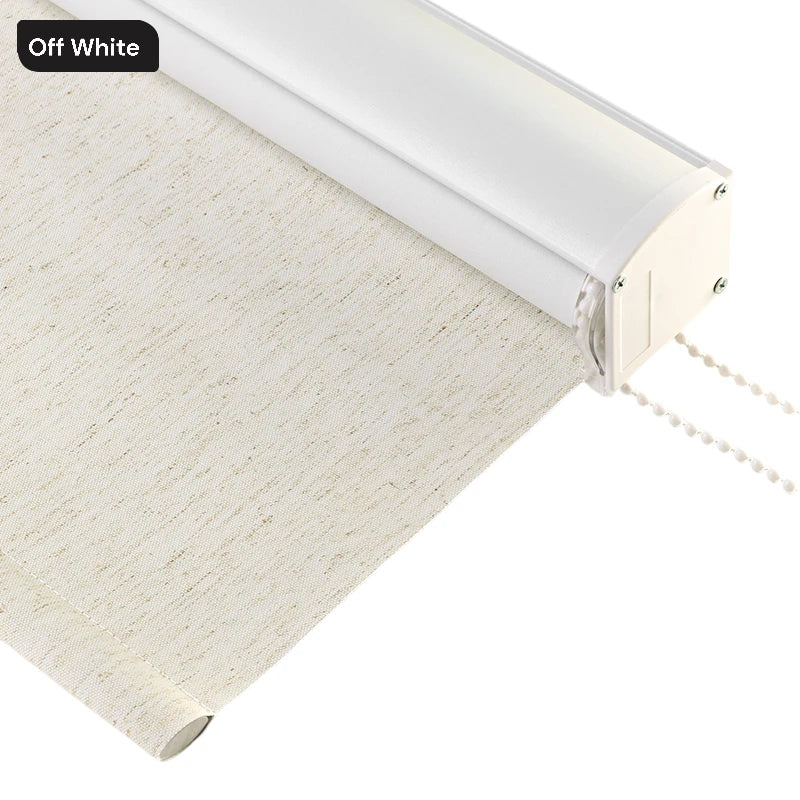
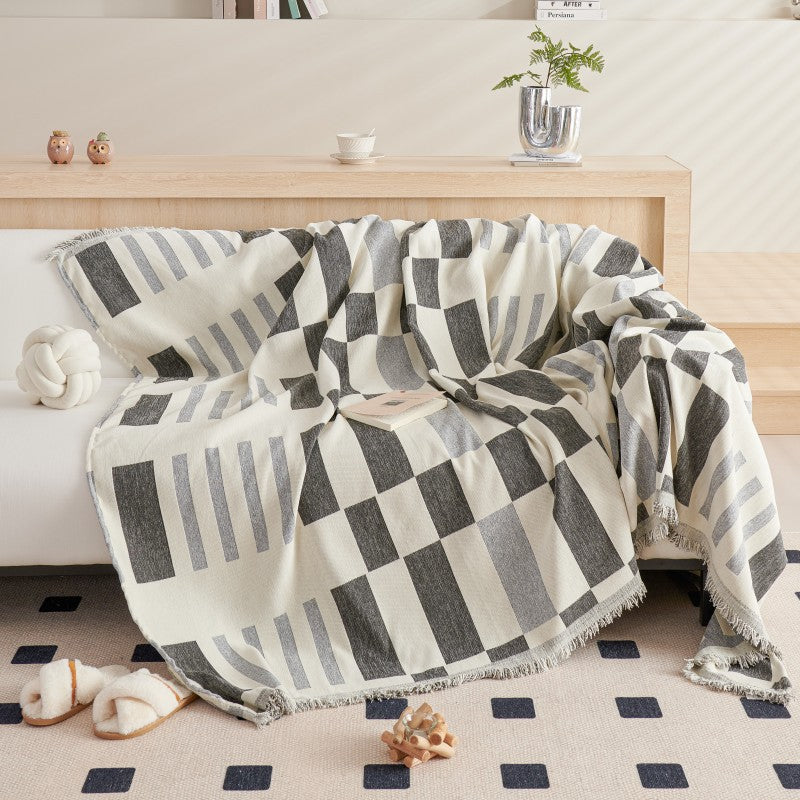
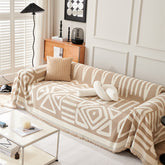


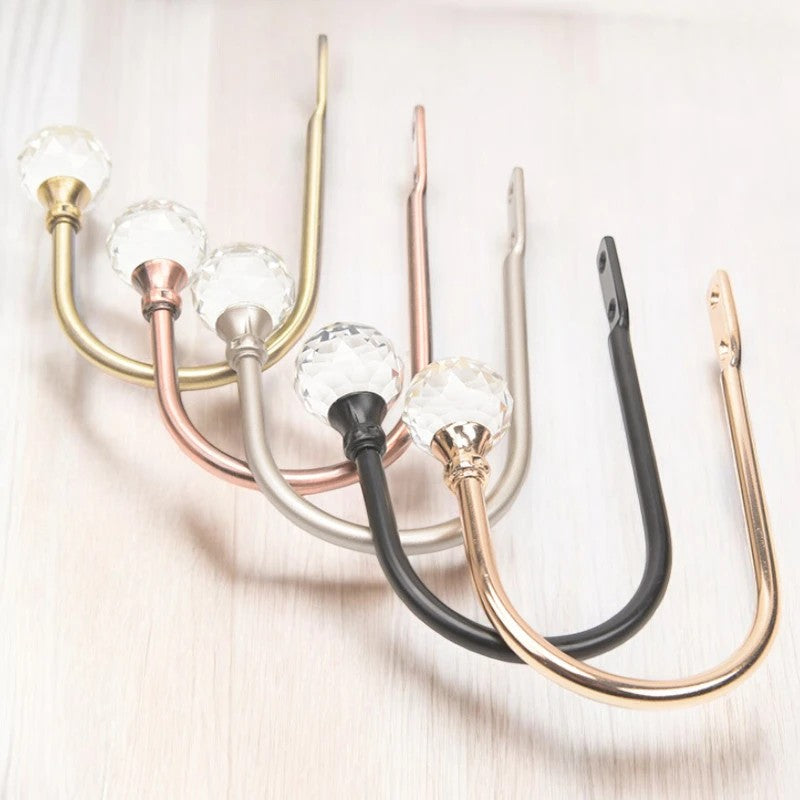
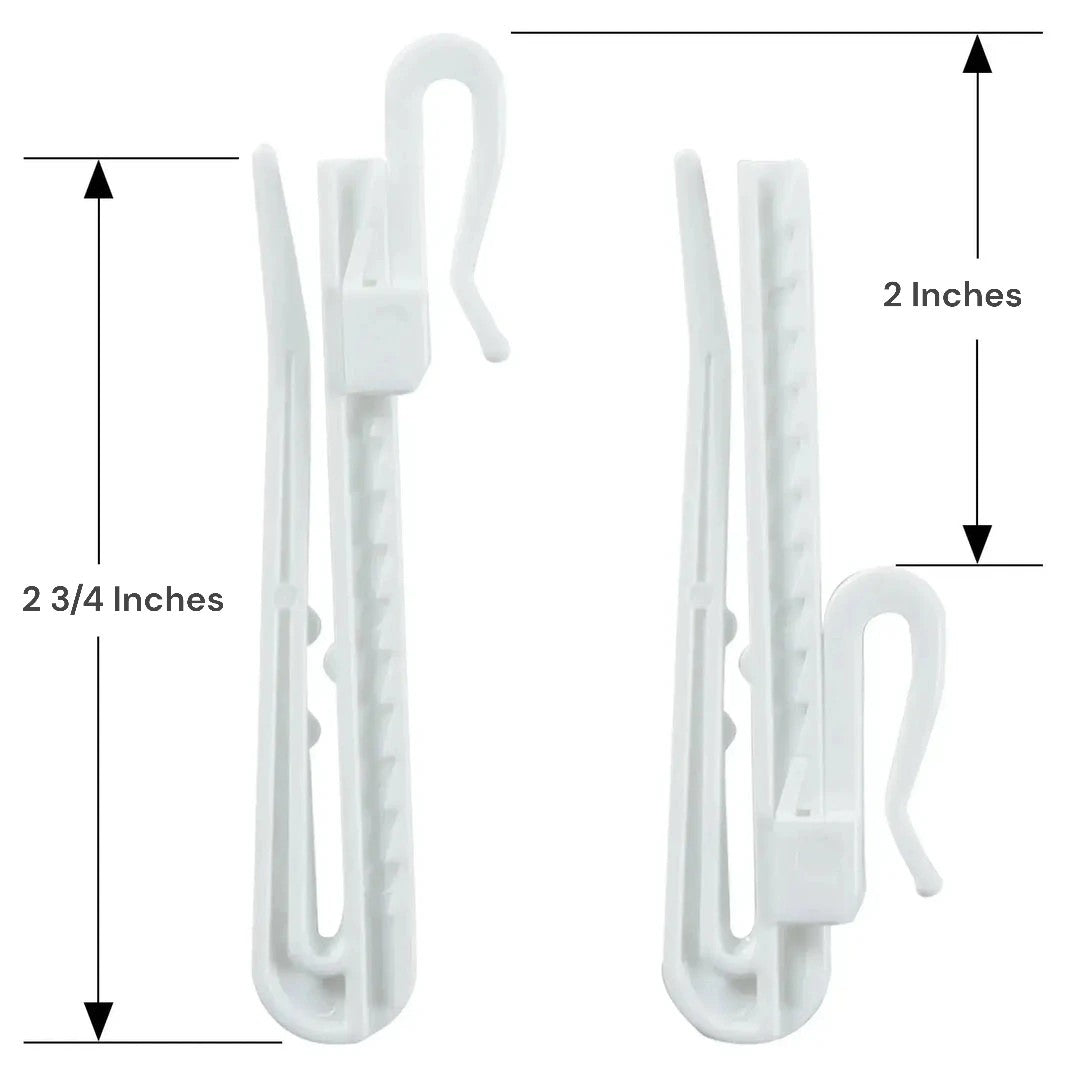
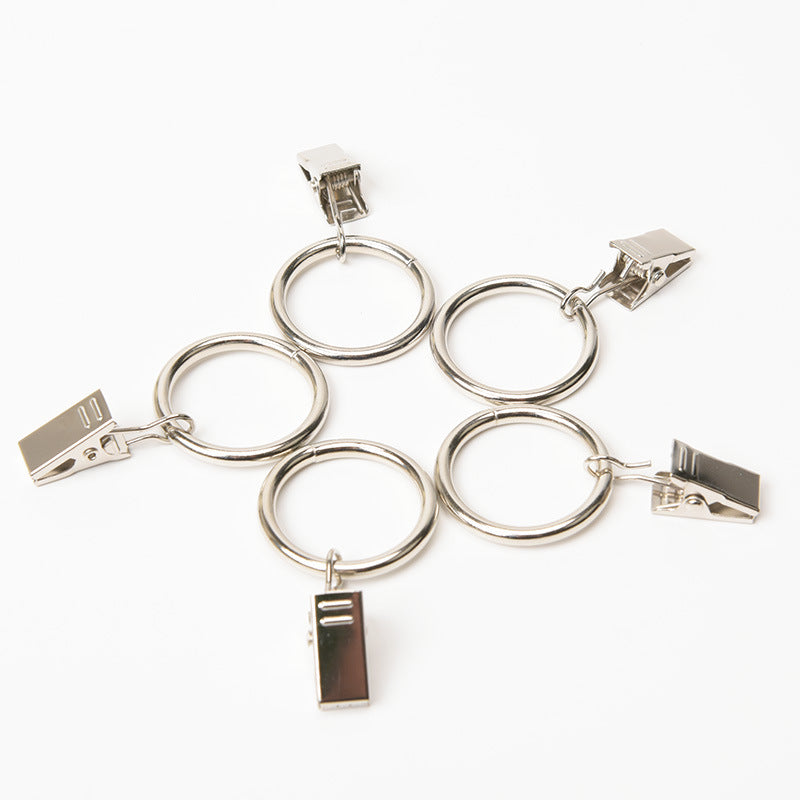
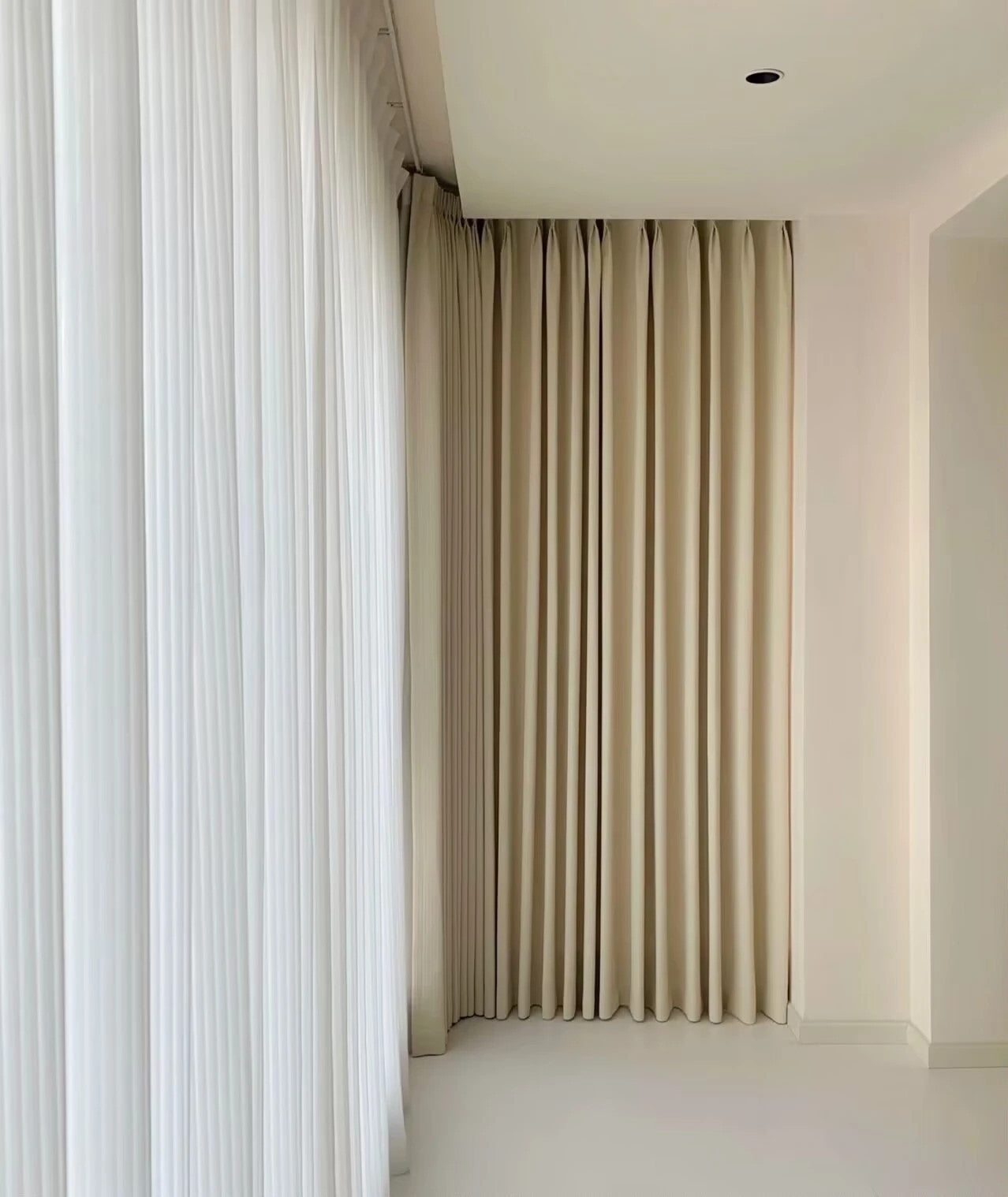
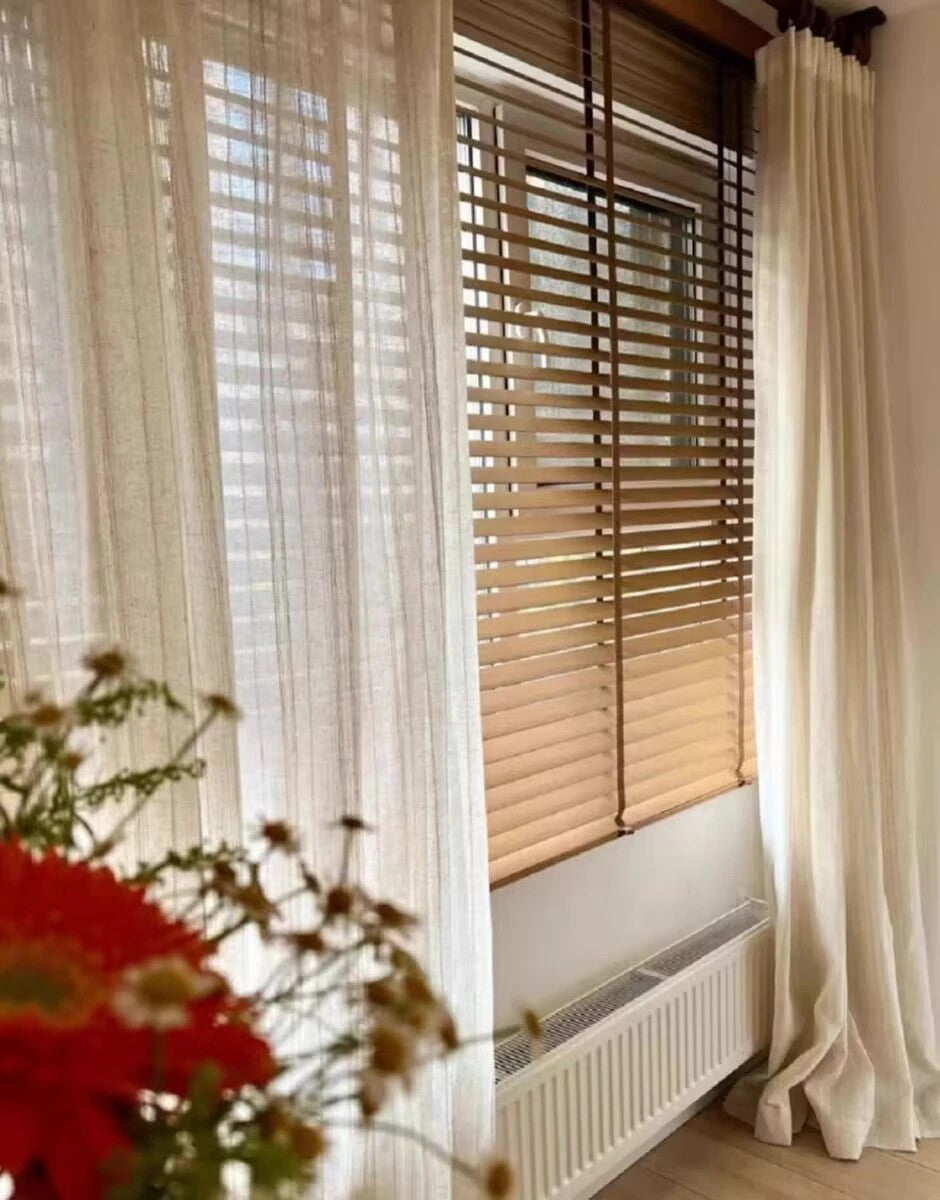
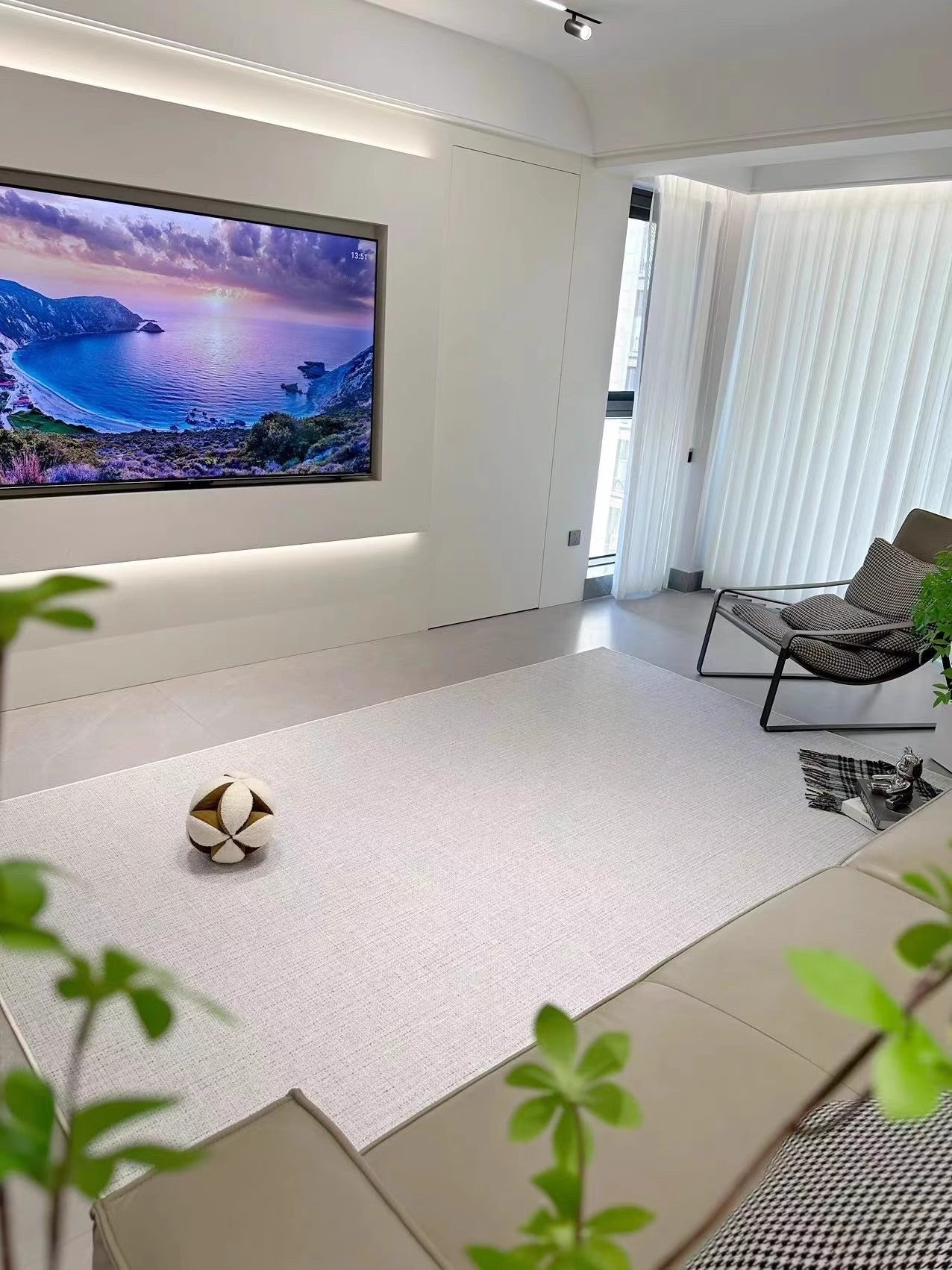
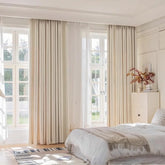
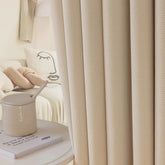
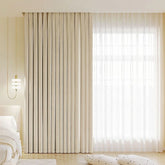
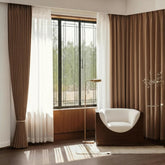
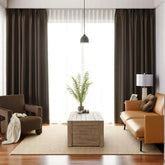

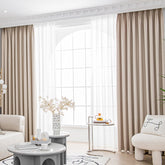
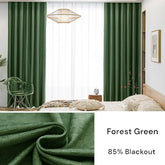
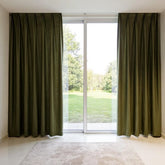
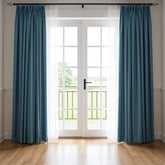


1 comment